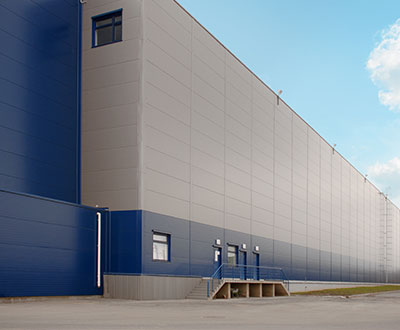Sandwich Panel Materials
All materials such as Polyurethane, PIR, Polystyrene, Phenolic are named in two separate groups as Plastic Foam, and Rockwool is named as Inorganic Fibrous Material.
The difference between them or the performances they offer are frequently wondered. It should be accepted that there are misunderstandings and incomplete information in terms of the technical features of sandwich panels, which have a wide range of use.
The type of core material plays a very important role in choosing the right composite sandwich panel by considering mechanical strength, insulation, fire performance and production stages suitable for building physics.
When approached from this perspective, it is also important to correctly determine and compare all the performances expected from the materials.
PUR / PIR (Polyurethane): Polyurethane (PUR) and Polyisocyanate (PIR) are the most commonly used plastic foams in sandwich panel production. These types of plastic foams, which are generally preferred to be used in laminated lines, offer very important advantages due to their adhesion properties during the foaming phase. In recent years, their chemical properties have been further improved and their fire performance has been increased. Environmentally friendly n-pentane blowing gas is preferred in its production. Polyurethane has been used in sandwich panel production for about 50 years and is known as the most reliable insulation material.
XPS / EPS (Polystyrene): Polystyrene foams are available in two forms: Extrude (XPS) and Expanded (EPS). In sandwich panel applications, they are held to metal surfaces using additional adhesive. Polystyrene foams, which are characterized as thermoplastic, melt at low temperatures.
Phenolic (PF): Phenolic foams are a slightly newer material compared to other plastic foams. They are rarely preferred in sandwich panels. Phenolic foams offer the best fire performance among plastic foams.
Rockwool: It is a type of mineral wool obtained by melting and spraying rocks such as basalt, dolomite, diabase, and mixing them with bakelite and then subjecting them to special processes. Rockwool, which provides excellent results in fire resistance and sound insulation, has lower insulation values in thermal insulation compared to plastic foams.




